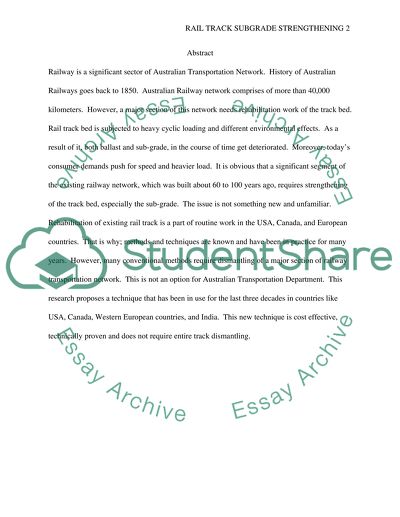Cite this document
(“Soil strengthening of age-old-designed railway tracks Research Paper”, n.d.)
Soil strengthening of age-old-designed railway tracks Research Paper. Retrieved from https://studentshare.org/engineering-and-construction/1478828-soil-strengthening-of-age-old-designed-railway
Soil strengthening of age-old-designed railway tracks Research Paper. Retrieved from https://studentshare.org/engineering-and-construction/1478828-soil-strengthening-of-age-old-designed-railway
(Soil Strengthening of Age-Old-Designed Railway Tracks Research Paper)
Soil Strengthening of Age-Old-Designed Railway Tracks Research Paper. https://studentshare.org/engineering-and-construction/1478828-soil-strengthening-of-age-old-designed-railway.
Soil Strengthening of Age-Old-Designed Railway Tracks Research Paper. https://studentshare.org/engineering-and-construction/1478828-soil-strengthening-of-age-old-designed-railway.
“Soil Strengthening of Age-Old-Designed Railway Tracks Research Paper”, n.d. https://studentshare.org/engineering-and-construction/1478828-soil-strengthening-of-age-old-designed-railway.


